The multiple crises the automotive industry has experienced over the last four years have been a driver for innovation for inbound and outbound logistics processes, according to speakers at this year’s Automotive Logistics and Supply Chain Europe conference in Bonn, Germany.
Oliver Bronder, managing director vehicle logistics at VW Group Logistics, said an important lesson learned from the disruption is how to face any future supply chain turmoil with a calm and precise problem-solving mindset focused on finding the resilience to work through it.
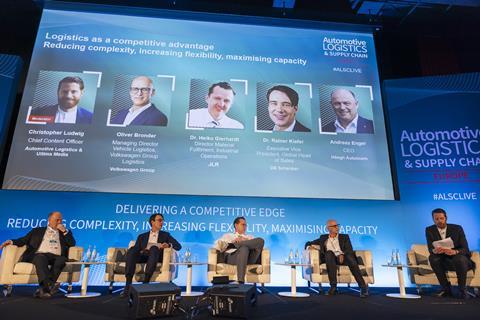
Bronder said VW Group Logistics has developed a taskforce approach combining information from across VW Group’s divisions and regions, including shopfloor management, into one information set that teams can use to tackle the problem in hand.
“On every level of the organisation you collect information for ten minutes every day and we are very close to the business and can take decisions very fast,” said Bronder.
That is supported by a wholehearted embrace of digital tools. VW Group Logistics is working on cross-brand harmonisation of processes in logistics to form a solid foundation for standardised digitalisation.
The division is rolling out its ONE Log IT system, which enables VW Group to standardise processes across all of its factories, bringing greater efficiency. With ONE Log, VW is migrating legacy systems, including transport modules, scheduling, inventory management, warehouse management and plant logistics flows into the cloud-based SAP 4/Hana enterprise tool (read more about the system in our interview with Simon Motter, managing director of VW Group Logistics).
It also wants that level of clarity in its Outbound Order Book, which is a centralised access point for communication with logistics service providers (LSPs). Based on German VDA standards the technology allows VW Group Logistics to add new LSPs quickly giving all parties knowledge of what the system’s interfaces look like.
“This is one element that supports us to be able to quickly add a compound or new LSP to the supply chain,” said Bronder. “I would be happy if we could do this not only with our brand but I would invite other OEMs to use this standard so it is good for everybody.”
Chips off the block
Responding to disruption with agility is something the industry had to learn quickly over the semiconductor shortage, one of main examples of critical parts shortages of the last few years. It was a crisis that was very challenging for VW Group, but the carmaker learned a lot from it and VW Group Logistics has been able to drive new processes across the different parts of the company, according to Bronder. VW Group Logistics is connecting factories, purchasing and supply chain, making it able to decide where to send critical materials in the most efficient way available, and optimise the network to prevent production downtime.
“If we have to reduce production at one point then it is clear [where that is],” said Bronder. “It is decided from one point and we are also able to optimise our profits.”
JLR also learned from the lessons of the chip crisis and is applying its learning to other areas of material supply.
“One key lesson in the chip crisis was you needed to understand the supply chain not only at the tier one level but what is happening downstream,” said Dr Heiko Gierhardt, director of material fulfilment and industrial operations, at the carmaker. “If there are 5,000+ chips in the car and you need to understand which is short and you need to talk to all the partners in the game.”
That understanding is being brought forward and JLR is looking at how to create transparency in the supply of other parts and materials to see where problems may really sits.
“Is it a raw material problem somewhere in the tier-n level and influencing downstream? Then you need to bring all the partners together,” says Gierhardt.
This kind of multi-level collaboration on all levels is really the key to avoiding parts shortages and jeopardising production. “Not having a part has an impact on wholesale and this kind of end-to-end understanding, including from the suppliers, is a key learning and we are translate this all over,” says Gierhardt.
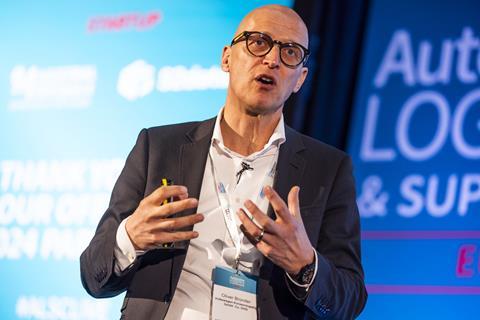
Tearing down the silos
Cross-function connections aimed at reducing complexity are also in place at JLR. Gierhardt said JLR had combined procurement, manufacturing and supply chain under one function called Industrial Operations. Material Fulfilment, which is part of that new function under the direction of Gierhardt, organises the flow of parts into the carmaker’s plants.
“Tearing down the silos between different functions and creating a clear information flow, including what comes from the supply base, what is manufactured and what is deliverable to the customer is one key element to deal with the disruption… we have all experienced,’ said Gierhardt.
The strategy has delivered a successful year. In Q3 JLR saw the highest wholesales it has seen in 11 quarters. By dealing in a robust way with disruption in the supply chain Gierhardt said JLR is now hitting a record production high of 3,500 cars a week. “We found a flexible way of how we work together in Industrial Operations with key element of supply chain,” he said.
Transparent capacity
VW Group Logistics has also been able to integrate new capacities, including in outbound logistics where it had severe capacity constraints last year.
“It was important to add additional capacity, either on truck or shipping,” said Bronder. “We are lucky we do not need to charter trucks any more in the same volumes so we reduced them dramatically.”
At the time however, it was important to be able to manage where they were needed and remain flexible enough to reroute finished vehicles not only with trucks but by adapting the the outbound supply chain and switching to short-sea when there was not enough truck capacity. “This kind of flexibility supported us in the situation last year,” said Bronder.
Key to that is transparency in demand and supply concerning transport capacity. This was something VW Group Logistics had to push and it is now able to foresee constraints in capacity months ahead. This is ongoing rolling process, bolstered by the adoption of a ‘taskforce’ mode that has been brought out of the plants and across other functions.
That involves collaboration and partnering across those different functions and with transport partners. “As OEMs we have to give better forecasts to the suppliers, it is an ongoing issue but there is no question we have to improve that,” said Bronder.
The group is also looking to increase partnerships, including giving out long-term contracts.
“We exceeded our contracting time at least three to five years but even longer in specific cases where a high investment was necessary,” said Bronder. “We cannot ask our suppliers to invest without giving them a longer contract time.”
Bronder said working together to find a new normal will be the basis of success and resilience in future situations.
That is something welcomed by DB Schenker. Rainer Kiefer, executive vice president, global head of sales at logistics provider said it had emerged from the Covid crisis where the company was operating on monthly RFQ cycles. That had changed to multiyear deals that, while still tough because of attached rate clauses, allowed DB Schenker to invest and also manage services end to end and bring flexibility which was helping everyone.
Multimodal sustainability
Another important topic for VW Group is greater sustainability in transport. By piloting the use of battery electric trucks (etrucks) and charging infrastructure, VW Group Logistics is gaining crucial experience for future-proof and sustainable transport processes. The company is looking at increasing the number of e trucks, with pilots already in place and plans for a supporting charging infrastructure. VW Group also pushing further its use of rail, despite current restrictions in Germany, especially for the movement of heavy lithium batteries and electric vehicles. Bronder said as a high-volume carmaker, partnerships were important to gain additional capacity on rail and increase the volume of parts and vehicles moved by that mode.
Sustainability in ocean ro-ro is also a focus area for VW Group Logistics. To secure capacity at a time of constraint in maritime logistics VW Group has chartered its own ships (currently standing at 11 vessels) and is using LNG to power them, reducing CO2 emissions by 25%. Bronder said that was just the starting point and biofuels would be used to make the fleet CO2 neutral, with a view to also use synthetic C02-neutral fuels.
“The next step is ammonia, which is CO2 free,” said Bronder. “You generate it from hydrogen and turn the energy turn into ammonia and then burn it without any leftovers or harm to environment.”
Sustainability in ocean transport is also embraced by Höegh Autoliners. It’s CEO, Andreas Enger, said it had increased the use of biofuels in its fleet over the last 18 months and a third of the fleet would be running on LNG in another 18 months. It is also introducing ammonia-powered vessels in 2027.
“That is a way of addressing [the challenge of] making it simpler for customers that want to decarbonise, by offering them a platform to do so,” said Enger.
Ocean capacity
Höegh is also looking at solving the capacity crunch in finished vehicle ocean transport.
“We have an investment programme to renew 40% of the existing fleet,” he said. “The first vessels are coming this summer with the programme completed in 2027. We are investing massively.”
Engers said in getting the perspective to make that sort of investment it was important to take a step back and assess why the ro-ro sector is in the position it is.
“Since the financial crisis [of 2008] there has been continuous downward slope for the ro-ro industry, meaning no investment for more than a decade,” said Engers, adding that Covid and consequent disruption had sharpened that slide.
“We learned that having an unreliable supply chain is complicated and there is a need for investment and a long-term model – allocating more capacity to long-term partners,” said Engers. “Rates will come down in that process and hopefully we can create sustainable structure not a new cycle that gives us gives us a new crisis.”





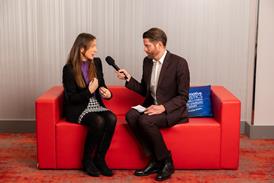



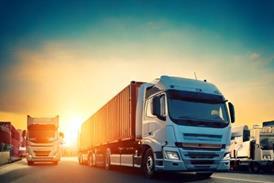






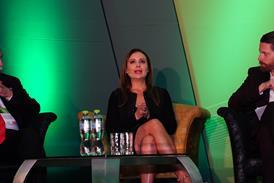

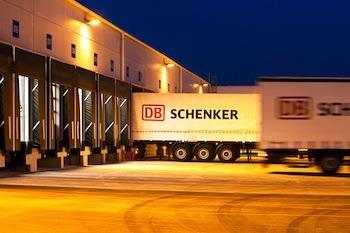
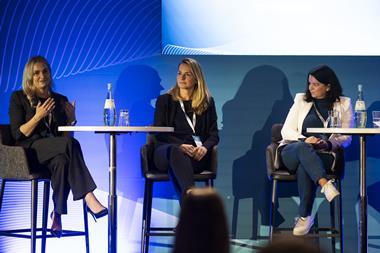
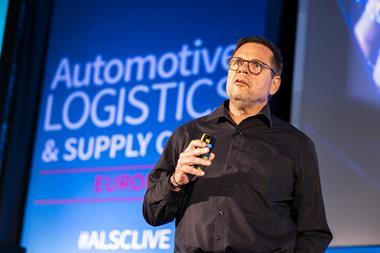
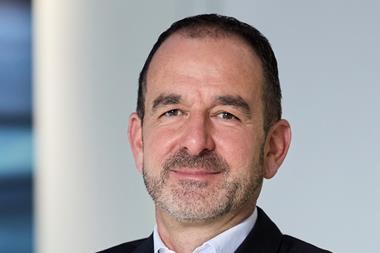
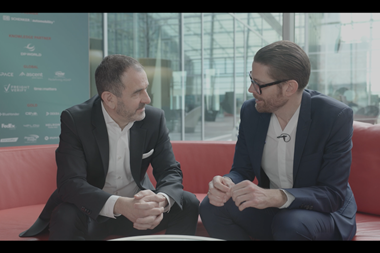



No comments yet